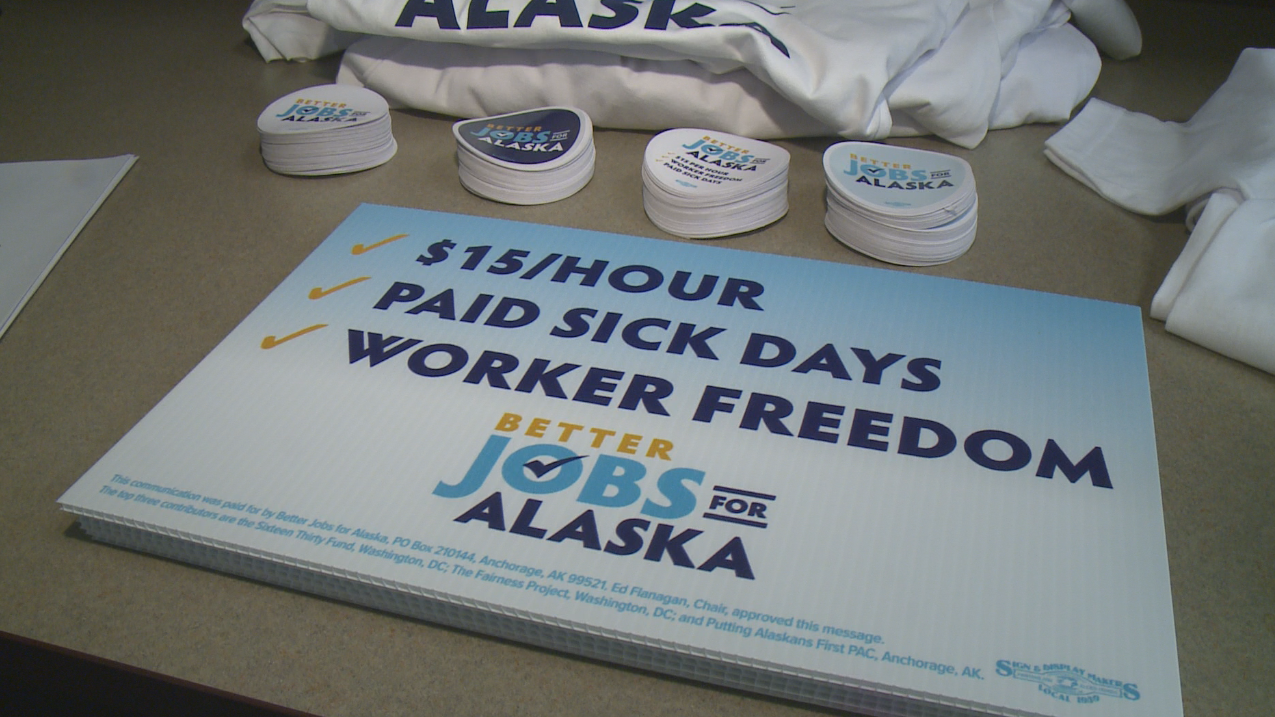Since January 1, 2018, Washington employers are required to offer paid sick leave. In addition, it is unlawful for an employer to interfere with, restrain, or deny the exercise of the lawful use of paid sick leave. But what is the lawful use of sick leave? An interesting thing happened with my son last month on this exact issue.
My son has allergies to tree and grass pollen. This can flare up when someone mows the grass or a strong wind after a long period without rain. While manageable most times with an antihistamine, if the medication is not taken in time, the sneezing persists. This is usually controlled by the next day, so he does not go to the doctor.
He was scheduled to work a 5-hour shift on a Friday. Before going to work, he had one of these attacks and called in sick. He had accumulated 18 hours of paid sick time, so it was not a problem. He was not scheduled to work on Saturday or Sunday. While the attack had subsided the next day, on Sunday night it flared up again. On Monday morning, he again called in sick. This time he was able to manage the symptoms better and was fine the next day. On Tuesday when he came for his scheduled shift, his supervisor asked him for a doctor’s note because he was out sick. Their employee handbook states, “For absences exceeding three days, the [company] may require verification that use of paid sick leave is for an authorized purpose.” This terminology is common in many employee handbooks.
To review, he was Absent on Friday, off on Saturday, off on Sunday, and Absent on Monday. The supervisor believed this to be “exceeding three days” and required the doctor’s note. When my son tried to explain he was not absent for three days, the supervisor called him insubordinate, sent him home, and removed him from the schedule the rest of the week placing him on standby call in. This means if anyone calls out, he could fill the shift.
The Washington state statute WAC 296-128-600 in this situation is very clear.
“Absences exceeding three days” means absences exceeding three consecutive days an employee is required to work. For example, assume an employee is required to work on Mondays, Wednesdays, and Fridays, and then the employee uses paid sick leave for any portion of those three workdays in a row. If the employee uses paid sick leave again on the following Monday, the employee would have absences exceeding three days.”
In this instance, he was only absent for two scheduled days: Friday and Monday. Because of this, a doctor’s note is not required.
He filed a complaint with the Director against his supervisor citing the Washington state statute. The Director did not know how to address this and took the complaint to their Director of Human Resources (DHR). The DHR informed the Director my son was ‘100% correct’ and he did not need a doctor’s note. In addition, the DHR stated my son should immediately be added back to the schedule, paid for any days missed, and paid for his sick time.
I must compliment the DHR at this company for doing the next right thing. Within three days they created a mandatory training course for all supervisors to complete within the next two weeks on this issue. They also modified their Employee Handbook to clarify the section on Paid Sick Leave.
It is important to review your Employee Handbook with your legal counsel to verify it complies with any new laws or statutes since its last edition.
How we can help
To learn ways we can help your company manage Paid Sick Time and other benefits, contact Time Equipment Company at sales@timeequipment.com or 800-997-8463.










